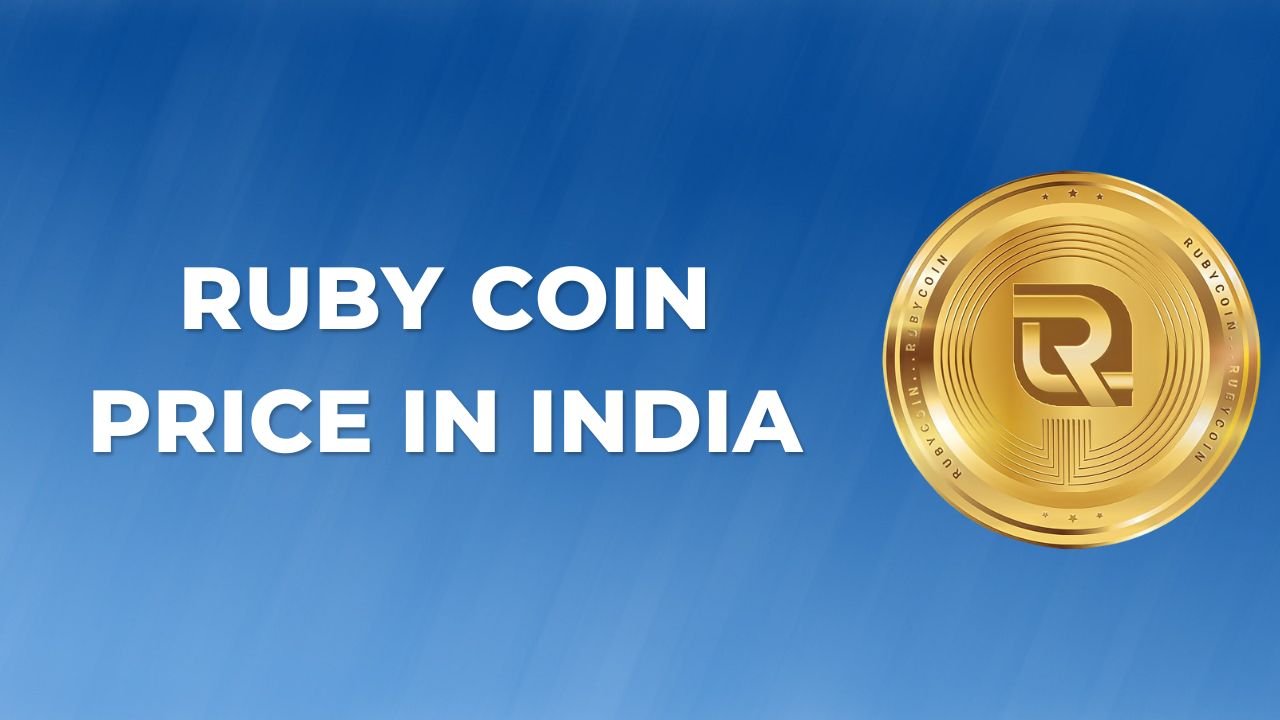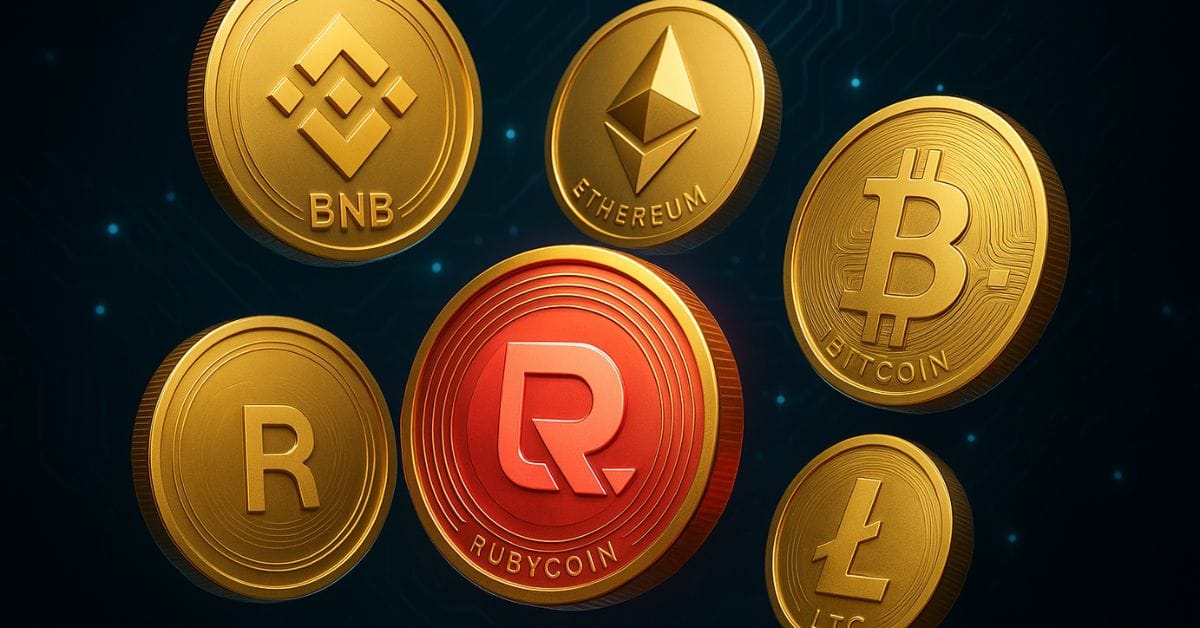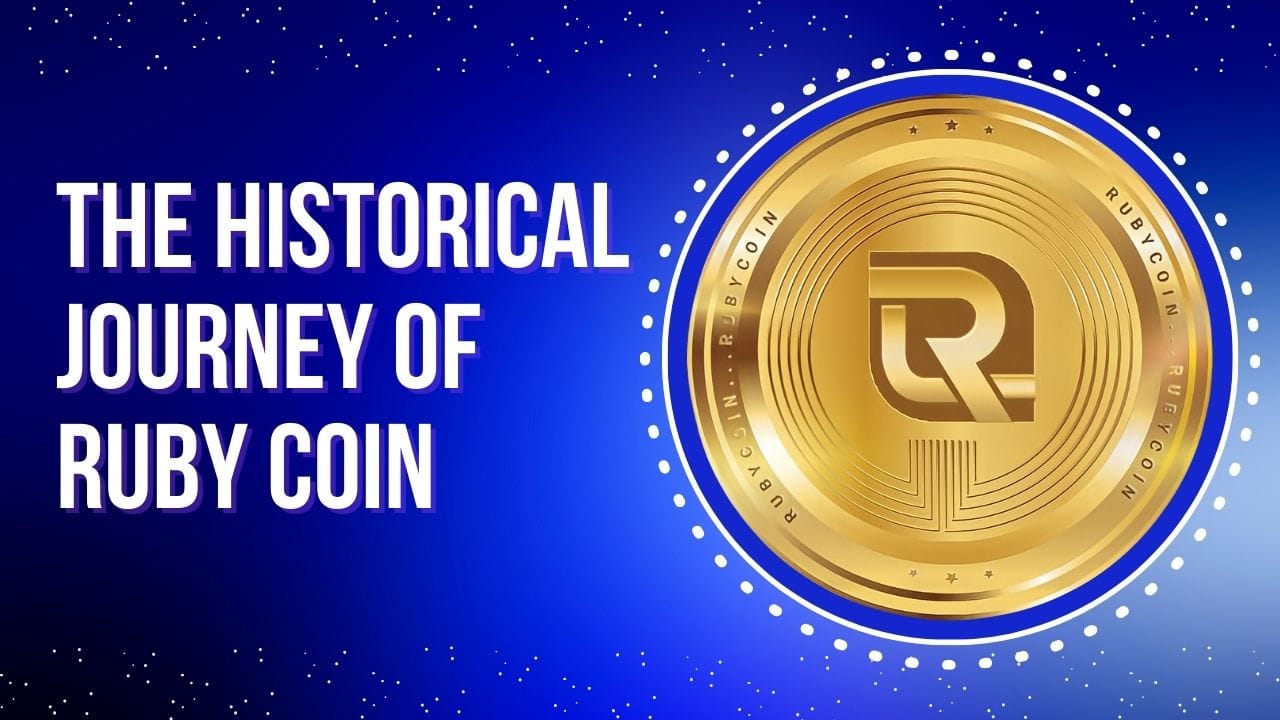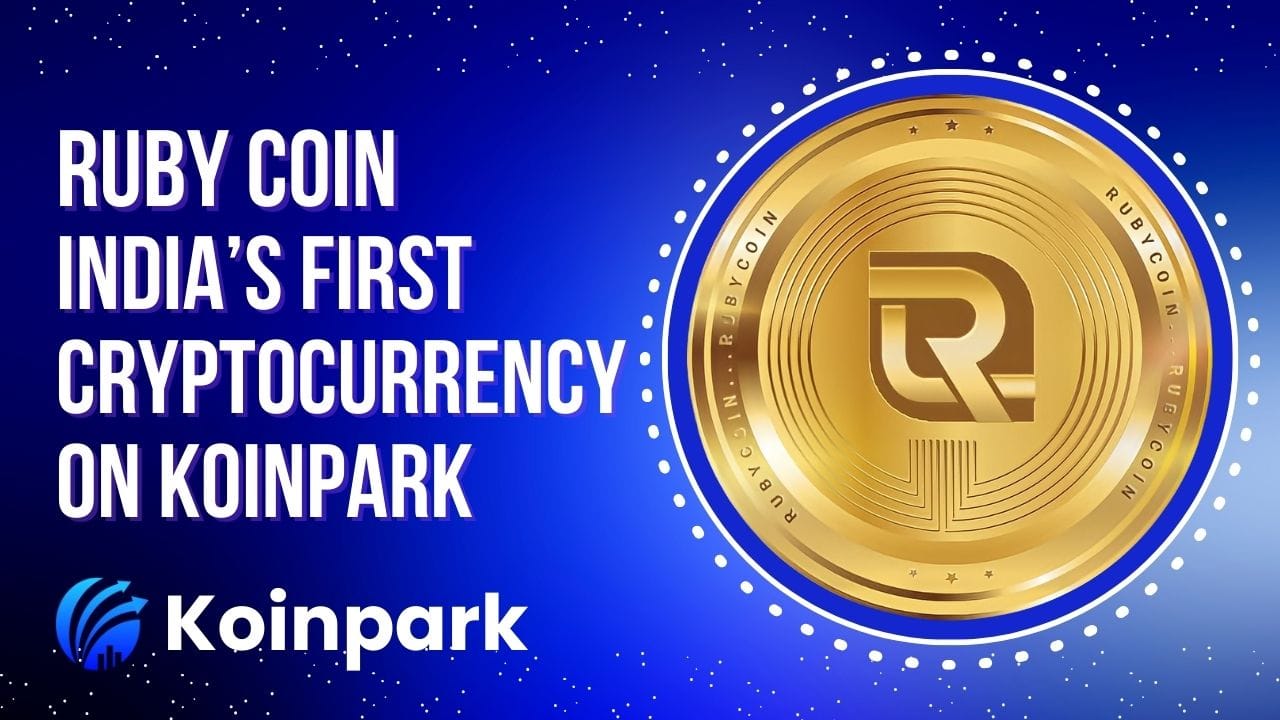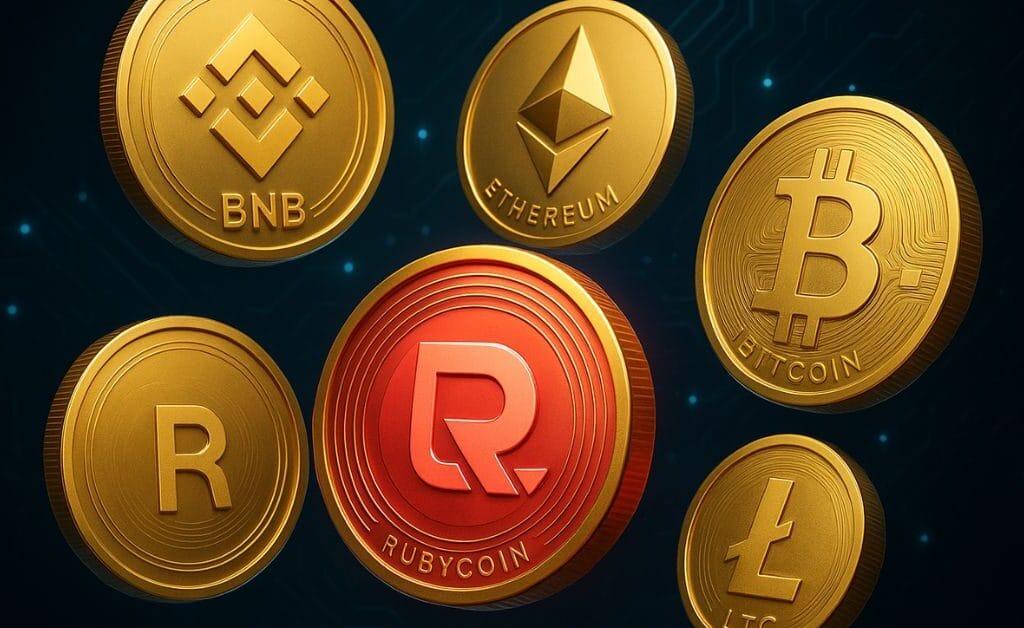Over the past few years, cryptocurrency has emerged as a significant player in the financial markets, capturing the attention of investors worldwide. For newcomers, however, navigating the complexities of the crypto market and making informed investment decisions can be challenging. To help demystify this dynamic industry, we’ve compiled a list of some of the most well-known crypto assets in this blog post. It’s important to note that this selection is based on our internal research and is not intended as investment advice. We strongly encourage all investors to conduct their own thorough research before entering the crypto market. By staying informed and cautious, you can better understand the opportunities and risks associated with cryptocurrency investments.
Introduction to Cryptocurrency
Crypto tokens are digital assets built using cryptography, designed to serve specific purposes within their respective projects. Each token gains value based on its unique utility and the problems it aims to address. These tokens operate on a blockchain, a decentralized and transparent digital ledger that records all transactions. One of the key features of blockchain technology is its immutability—once data or a transaction is recorded, it cannot be altered or reversed. This ensures a high level of security and trust in the system, making blockchain a reliable foundation for crypto tokens and their applications.
The cryptocurrency industry today provides a wide range of opportunities for users. Whether you’re making simple transactions, exploring NFTs, engaging with sports platforms, or diving into blockchain-based gaming, there’s a diverse array of platforms and experiences to discover. This growing ecosystem caters to various interests, making it easier than ever to participate in the digital economy. With its expanding applications, the crypto space continues to offer innovative and accessible solutions for both beginners and seasoned enthusiasts.
10 Best Cryptos to Buy in February 2025
| Coin | Market Capitalization | Current Price |
| Bitcoin (BTC) | $1.95 trillion | $98,478.12 |
| Ethereum (ETH) | $325.2 billion | $2,697.50 |
| Binance Coin (BNB) | $81.41 billion | $571.60 |
| Solana (SOL) | $100.23 billion | $206.40 |
| Ruby Coin (RBC) | $127.65 million | $0.72 |
| Dogecoin (DOGE) | $38.95 billion | $0.2647 |
| Cardano (ADA) | $25.56 billion | $0.7265 |
| Avalanche (AVAX) | $10.59 billion | $25.66 |
| Shiba Inu (SHIB) | $9.16 billion | $0.00001551 |
| Polkadot (DOT) | $7.19 billion | $4.68 |
Note: This list has been compiled through extensive internal research and is intended for informational purposes only. It is not intended as investment advice. Before making any decisions to buy or sell cryptocurrency assets, investors are strongly encouraged to conduct their own comprehensive research and consult with financial professionals if needed. Always ensure you fully understand the risks and market conditions associated with crypto investments.
Bitcoin (BTC)
Bitcoin, the pioneering cryptocurrency, has been a cornerstone of the digital currency revolution since its inception in 2009. As the first and most widely recognized crypto token, Bitcoin has captured the attention of investors, businesses, and the media, evolving from a niche concept to a global financial phenomenon. It serves as an alternative payment method to traditional cash, secured by a Proof of Work (PoW) consensus mechanism. All Bitcoin transactions are recorded on a decentralized blockchain, with miners earning rewards for verifying transaction blocks.
Key Advantages of Bitcoin:
- Market Leader: Bitcoin’s established reputation makes it a top choice for investors, driving significant capital into the ecosystem.
- Stability: Compared to newer cryptocurrencies, Bitcoin tends to exhibit relatively stable performance, making it a preferred option for risk-averse participants.
Challenges of Bitcoin:
- Energy Consumption: The Proof of Work system requires substantial electricity, raising concerns about its environmental impact.
- Transaction Speed: Bitcoin transactions can take longer to confirm compared to some modern cryptocurrencies.
- Market Correlation: As a benchmark for the crypto market, Bitcoin’s price movements often mirror broader market trends, limiting its independence.
Bitcoin remains a transformative force in the financial world, offering both opportunities and challenges as it continues to shape the future of digital currency.
Ethereum (ETC)
Ethereum has emerged as a leading force in the cryptocurrency market, second only to Bitcoin. As the first blockchain to introduce smart contract functionality, Ethereum revolutionized the industry by enabling developers to build and automate essential features that power today’s decentralized ecosystem. It serves as the primary platform for decentralized applications (dApps) and decentralized finance (DeFi), solidifying its position as the go-to blockchain for innovation in these areas.
Advantages of Ethereum
- Market Leadership in DeFi and dApps: Ethereum dominates the DeFi and dApp sectors, giving it a competitive edge. Rival platforms must offer significantly better incentives to attract users away from Ethereum’s established ecosystem.
- Efficiency and Innovation: Ethereum’s transition to a Proof of Stake (PoS) consensus mechanism has enhanced its efficiency. Ongoing upgrades aim to boost transaction speeds (TPS) and strengthen its already robust security framework.
Challenges of Ethereum
- Network Congestion: High traffic on the Ethereum network can lead to slower transaction processing times, requiring scaling solutions to manage demand effectively.
- High Transaction Fees: Ethereum’s gas fees can become prohibitively expensive, sometimes exceeding the value of the transaction itself.
Ethereum remains a cornerstone of the crypto world, balancing its pioneering technology with challenges that require continuous improvement. Its focus on scalability and security ensures it stays at the forefront of blockchain innovation.
Binance Coin (BNB)
Launched in 2017, BNB (Binance Coin) has transformed from a basic utility token into the foundation of a thriving blockchain ecosystem. Initially, BNB was designed to offer Binance cryptocurrency exchange users exclusive perks, including reduced trading fees, early access to token sales, and cashback rewards. Over time, it has grown into a key player in the crypto space, powering the BNB Chain ecosystem. Known for its high-speed transactions and low costs, BNB Chain has emerged as a competitive alternative to Ethereum, solidifying its position as a leading blockchain platform.
Advantages of BNB
- Cost-Effective and Scalable: BNB Chain’s low transaction fees and high throughput enable it to handle significantly more demand than many competing blockchains.
- Exchange Benefits: Holding BNB provides users with advantages on the Binance platform, such as discounted fees and exclusive features.
Challenges of BNB
- Centralization Concerns: BNB is a centralized token, as it is managed and controlled by Binance. This limits the autonomy of its community compared to decentralized alternatives.
- Regulatory Risks: BNB’s success is closely tied to Binance, which has faced scrutiny from regulators in countries like the UK, Japan, and Germany. This regulatory pressure could impact BNB’s future growth and adoption.
In summary, BNB has evolved into a versatile and powerful blockchain solution, offering significant benefits while facing challenges related to centralization and regulatory oversight. Its ability to balance innovation with accessibility makes it a notable contender in the cryptocurrency market.
Solana (SOL)
Solana is a decentralized blockchain platform designed with a primary focus on scalability. Known for its exceptional speed, Solana can process nearly 65,000 transactions per second, making it one of the fastest blockchains available. This impressive performance is achieved through its innovative Proof of History (PoH) consensus mechanism, which enables efficient time synchronization across the network. As a result, Solana has emerged as a leading player in the decentralized finance (DeFi) space, often referred to as an “Ethereum-killer” due to its rapid growth and advanced capabilities.
Advantages of Solana
- High Transaction Speed: Solana’s unparalleled speed makes it a top choice for investors and developers seeking efficient blockchain solutions.
- Low Transaction Fees: With an average fee of just $0.00025 per transaction, Solana is one of the most cost-effective platforms for users.
Challenges of Solana
- Limited Interoperability: Solana’s smart contracts are not easily compatible with Ethereum, restricting its use to applications built specifically for its network.
- Network Reliability: The platform has faced several outages, raising concerns about its stability and dependability for users.
Despite these challenges, Solana remains a groundbreaking blockchain platform, offering a unique blend of speed, affordability, and scalability for the DeFi ecosystem.
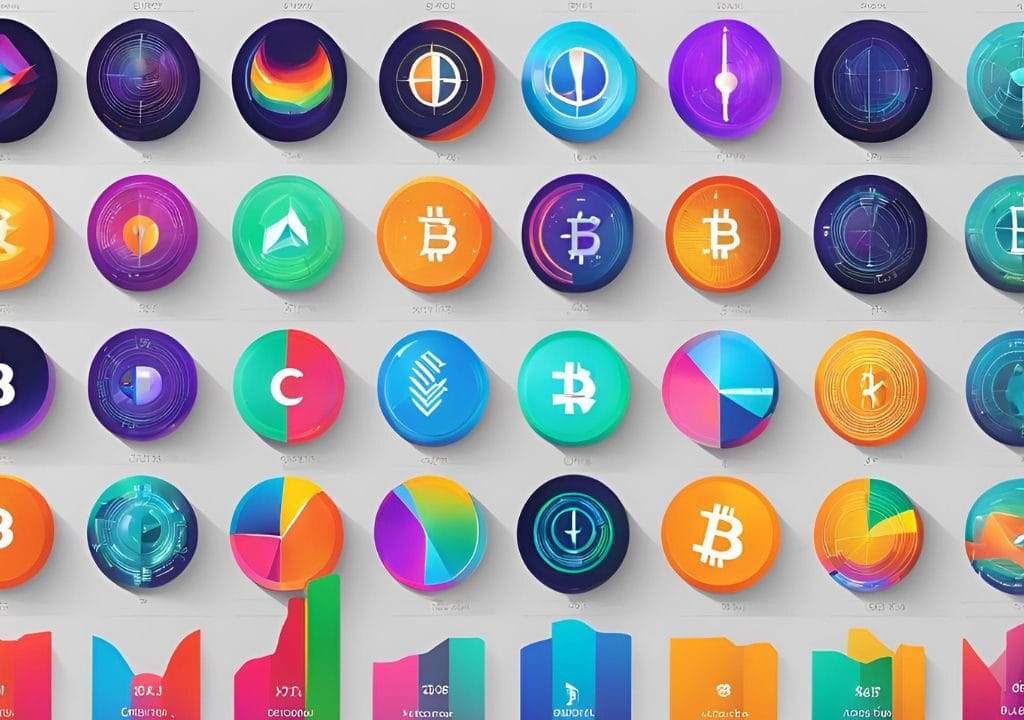
Ruby Coin (RBC)
Ruby Coin (RBC) is a cryptocurrency that operates on its own blockchain, called Ruby Scan. It is designed to provide secure, fast, and efficient transactions, potentially supporting various use cases such as decentralized applications (DApps), smart contracts, and payments.
Ruby Coin has revolutionized traditional finance by leveraging blockchain technology to make financial systems more accessible and efficient for users. By streamlining cross-border payments and reducing transaction costs, Ruby Coin offers a faster, more cost-effective alternative to conventional banking methods. Its innovative approach not only enhances global financial inclusion but also provides a seamless experience for individuals and businesses alike. This breakthrough in blockchain application is transforming how money moves across the world, making financial services more transparent and accessible to everyone.
Dogecoin (DOGE)
Dogecoin has emerged as one of the most widely recognized cryptocurrencies, capturing the attention of both investors and internet enthusiasts. Originally created as a lighthearted parody of Bitcoin, Dogecoin quickly gained popularity, fueled by its association with the iconic “Doge” meme. Over time, it has developed a dedicated and enthusiastic community, with endorsements from prominent figures in the crypto space, including Elon Musk and Vitalik Buterin. However, it’s essential to understand that Dogecoin is a memecoin, meaning its value is primarily driven by community sentiment rather than intrinsic utility or practical applications. As with any cryptocurrency, potential investors should carefully research and evaluate the risks before investing in memecoins like Dogecoin.
Key Advantages of Dogecoin:
- Strong brand recognition and a unique position as a memecoin with lasting market appeal.
- A vibrant and active community that actively supports and promotes the token.
Key Challenges of Dogecoin:
- Lacks real-world utility, as its value is largely tied to its meme-based identity.
- No maximum supply cap, which can lead to inflationary pressures over time.
By understanding these factors, investors can make more informed decisions about whether Dogecoin aligns with their investment goals.
Polkadot (DOT)
Polkadot is a cutting-edge Layer-0 protocol designed to connect and secure multiple blockchains, enabling seamless interoperability. This innovative system facilitates the transfer of various digital assets, including tokens and smart contracts, across different networks. Polkadot can integrate both private and public blockchains, oracle services, and other platforms, allowing for efficient information sharing across diverse ecosystems.
Key Advantages of Polkadot
- Interoperability: Polkadot’s standout feature is its ability to connect multiple blockchains, enabling them to share data and assets effortlessly.
- Developer-Friendly: It is one of the most active platforms for developers, offering robust tools and resources for building decentralized applications.
Challenges of Polkadot
- Competition: Polkadot faces significant competition from other blockchain platforms like Cardano and Cosmos, which are also vying for market dominance.
- Auction-Based System: Independent blockchains must secure slots through auctions, which can be costly and challenging for projects without substantial funding.
Polkadot’s unique architecture and focus on interoperability make it a powerful player in the blockchain space, though it must navigate competitive and financial hurdles to maintain its position.
Shiba Inu (SHIB)
Inspired by the popular Dogecoin, Shiba Inu is a meme-based cryptocurrency featuring a dog mascot. While it has gained attention for its playful branding, it also comes with both opportunities and risks for investors.
Advantages of Shiba Inu
- Strong Meme Crypto Brand: Shiba Inu has successfully capitalized on meme culture, much like Dogecoin, to carve out a niche in the competitive cryptocurrency market. Its engaging branding has helped it gain significant traction on social media platforms.
- ShibaSwap Ecosystem: The development of ShibaSwap, a decentralized exchange, demonstrates the project’s commitment to fostering community engagement and expanding its ecosystem. This platform aims to strengthen the Shiba Inu brand and provide utility to its users.
- Potential for Broader Accessibility: Shiba Inu’s possible listing on major trading platforms like Robinhood could increase its accessibility, potentially boosting trading volume and attracting new investors.
Challenges of Shiba Inu
- High Volatility: Shiba Inu is known for its extreme price fluctuations, with the average holding period for investors being just 13 days. This volatility makes it a high-risk investment, as sudden price swings can lead to significant losses.
- Limited Real-World Use: Despite its popularity, Shiba Inu has limited real-world applications. It is accepted by only a small number of vendors worldwide and lacks unique features that differentiate it from other cryptocurrencies. This raises questions about its long-term viability in a crowded market.
In summary, Shiba Inu’s meme-driven appeal and growing ecosystem offer potential opportunities, but its volatility and lack of real-world utility present notable challenges. Investors should carefully weigh these factors before engaging with this cryptocurrency.
Cardano (ADA)
Cardano is a decentralized, open-source blockchain platform designed to facilitate peer-to-peer transactions. Built with a structured architecture, it supports smart contracts, offering a scalable, adaptable, and secure environment for developers and users alike. Below, we explore the key advantages and challenges of Cardano, providing a balanced perspective on this innovative blockchain project.
Advantages of Cardano
- Energy Efficiency
Cardano operates on a Proof-of-Stake (PoS) consensus algorithm, which is significantly more energy-efficient than traditional Proof-of-Work (PoW) systems like Ethereum’s. This not only reduces transaction costs but also minimizes the platform’s environmental footprint, making it a greener alternative in the blockchain space. - Scalability
Cardano is engineered to process a high volume of transactions per second, making it a highly scalable solution for decentralized applications (DApps) and smart contracts. This scalability ensures the platform can grow alongside increasing user demand without compromising performance. - Safety and Security
Cardano leverages the Haskell programming language, renowned for its strong safety features, to build its infrastructure. This focus on security makes Cardano a reliable platform for developing complex smart contracts and DApps, ensuring a secure environment for users and developers.
Challenges of Cardano
- Limited Adoption
Despite its innovative features, Cardano is still in its early stages of adoption compared to established platforms like Ethereum. As a result, the ecosystem currently offers fewer DApps and smart contracts, which may limit its appeal to some users and developers. - Centralization Concerns
While Cardano is designed as a decentralized platform, some critics argue that it may not be fully decentralized. Concerns have been raised about token distribution and governance, with questions about whether a small group of stakeholders holds disproportionate influence over the network.
Avalanche (AVAX)
Avalanche (AVAX) is a fast and scalable blockchain platform capable of processing thousands of transactions per second (TPS) in a fully decentralized and trustless environment. It is widely used for payments, staking, and securing the network, making it a competitive choice for blockchain enthusiasts and developers.
Advantages of Avalanche
- Lightning-Fast Transactions: Avalanche boasts an impressive transaction speed, enabling thousands of transactions per second with minimal latency, ensuring efficiency in a decentralized setting.
- Rewarding Participation: The AVAX network incentivizes active participation through its staking rewards, encouraging users to engage and contribute to the ecosystem’s growth.
- Robust Blockchain Support: Avalanche provides a flexible framework for blockchain developers, supporting a wide range of decentralized applications (dApps) and projects within its ecosystem.
Challenges of Avalanche
- Competing with Ethereum: As a rising blockchain platform, Avalanche faces stiff competition from Ethereum, which dominates the space with its extensive developer community and established user base.
- High Validator Entry Requirement: To become a validator on the Avalanche network, users must stake 2,000 AVAX tokens, which can be a significant barrier for smaller participants.
- Lack of Slashing Mechanism: Unlike some blockchain networks, Avalanche does not penalize malicious or negligent validators by slashing their staked tokens, which could pose potential risks to network security.
Avalanche continues to innovate in the blockchain space with its speed and scalability, but it must navigate competition and security concerns to maintain its growth and adoption.
Conclusion
The cryptocurrency market offers a wide range of tokens, catering to both beginners and experienced investors. From general-purpose tokens to those designed for finance and scalability, there are options for every investment strategy. New investors often gravitate toward well-established tokens, while seasoned traders may explore smaller, high-volatility assets in pursuit of greater returns. Understanding the risks and potential rewards is key to making informed investment decisions in this dynamic market.
Disclaimer: Cryptocurrencies and NFTs are unregulated assets that carry significant risk. Investors should be aware that there may be no legal protections or recourse for potential losses. It is essential to conduct thorough research or seek independent financial advice before engaging in crypto or NFT transactions.
The opinions and insights shared in this article represent the author’s personal views and do not reflect those of Rbcblogs, the author’s employer, or any affiliated entities. RBCBlogs is not responsible for any actions, decisions, or losses incurred by investors. Additionally, RBCBlogs has not received any form of compensation for this article. The content is provided “as is” without guarantees regarding accuracy, completeness, timeliness, or investment outcomes.


